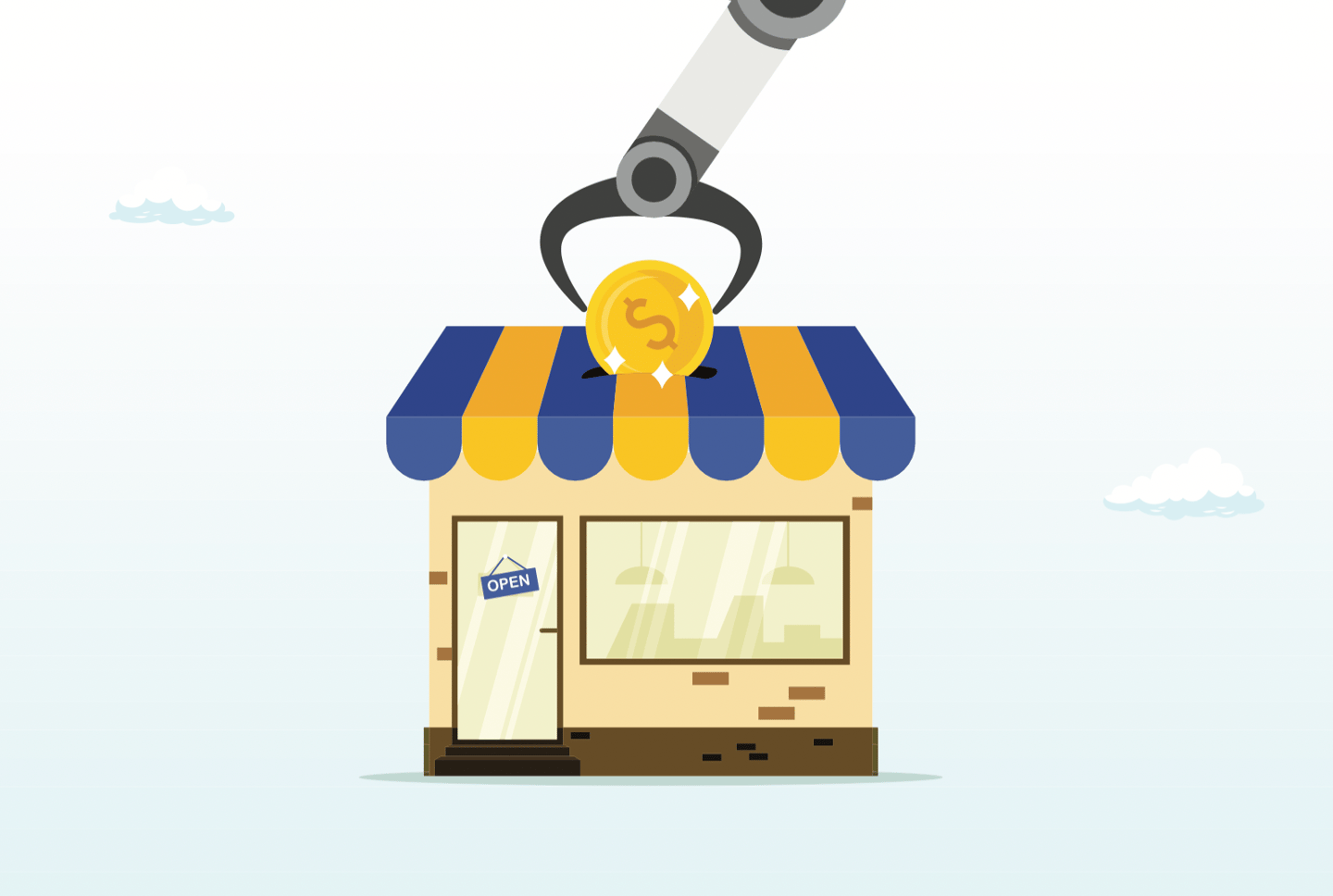CSNC EXCLUSIVE: 5 ways convenience retailers can use AI now
Think AI is something that only big retail chains can leverage to improve their operations and in-store experience? That may have been true, but not in 2024.
“While economies of scale and large budgets often favour large retailers, the evolving landscape of AI for retail now provides more accessible options for smaller businesses,” says Helene Desmarais, chairman and co-CEO of IVADO Labs, a Montreal-based software consulting firm which harnesses AI methods to solve supply chain needs.
“There are also funding grants and subsidies businesses can apply to both provincially and federally for adopting AI,” says Maxime Cohen, Scale AI professor of retail and operations management, director of research at the Bensadoun School of Retail Management at McGill University, and scientific advisor at IVADO Labs. The Bensadoun School also operates a working Montreal-based store lab in partnership with Couche-Tard.
CSNC spoke to Desmarais and Cohen about the ways AI can be used by c-stores.
1. Digital marketing
You might have heard of a little tool called ChatGTP—short for “generative pre-trained transformer,” the chatbot can do everything from write college essays and create custom images to solve complex math problems. It’s free to use with a simple web interface.
It can also help independent c-store owners and smaller chains punch above their weight when it comes to their marketing output. “Everything related to digital marketing can be done amazingly well and much more efficiently and cheaply than ever before,” says Cohen, “from advertising campaigns, optimizing social media, SEO and even creating visual assets for flyers.”
“This new technology reduces drastically the cost of such campaigns and is hence accessible to small retailers and SMEs,” agrees Desmarais.
2. Planogram optimization
“The advantages of AI for retailers extend beyond corporate office functions, into enhancing store operations,” says Desmarais, both for large and small c-store chains. “The maturity of AI offerings and the availability of open-source tools have led to the development of frameworks and pre-trained models that can be fine-tuned and tailored to the specific needs and scale of smaller retailers.”
One notable application? “The optimization of planograms, where AI can significantly boost the efficiency of replenishment operations. This leads to a reduction in the frequency of fill trips required to restock aisles, aligning more closely with demand patterns and optimizing product facings,” she says. “The result is an improved overall customer experience marked by well-maintained shelves and a more efficient shopping environment.”
AI can also help with planning decisions around new product introductions where historical data is limited. “AI can help address this challenge by effectively identifying similarities between new and existing products, by leveraging vast amounts of unstructured data, such as product attributes or images,” explains Desmarais.
Speaking of planograms, Cohen has been working in the Bensadoun School store lab with Couche-Tard on optimization of shelving placement. “We all know that items displayed in the middle shelf at eye level sell the most than those displayed at the top or bottom, and so we are trying to quantify the effect by varying the position of different items on different shelves,” he says.
3. AI-guided visits
By using AI, Cohen says QR codes can be more highly personalized and smart in nature. “By having shoppers scan the code with their phones, stores will have the ability to deliver a promotion at the right price at the right time based on their personal preferences, purchase history and where they are in the store,” he says.
It is the utilization of generative AI and digitalization that makes this possible, adds Desmarais. “This combination can generate value by guiding customers within the store, aiding them in locating products or suggesting complementary items to those already in their basket.”
4. Product demand optimization
IVADO Labs has been working with retailers like Couche Tard on using AI “to gain deeper insights into consumer preferences, particularly in understanding how consumers respond when their preferred products are unavailable,” says Desmarais. “This understanding is pivotal in predicting how consumer demand transfers to alternative products, enabling retailers to enhance customer retention and mitigate lost sales. For brick-and-mortar operations, these insights empower retailers to dynamically adjust forecasts for alternative products in the event of stockouts, effectively preparing for the shift in consumer demand.”
5. The metaverse
Tech giants like Google, Facebook and Amazon have invested in the so-called metaverse –a 3-D virtual reality that crosses over and enhances physical world capabilities.
One of the most interesting future-forward projects McGill’s Bensadoun School and Couche-Tard have undertaken with the store lab is “to reproduce the digital twin,” says Cohen. “We’ve taken thousands of pictures of the store to reproduce a virtual immersive environment that looks exactly like the store.” In a few years, he imagines customers could through VR goggles “have an immersive digital store experience, even picking up items, flipping them around and placing orders to have the real products delivered to your doorstep.”







